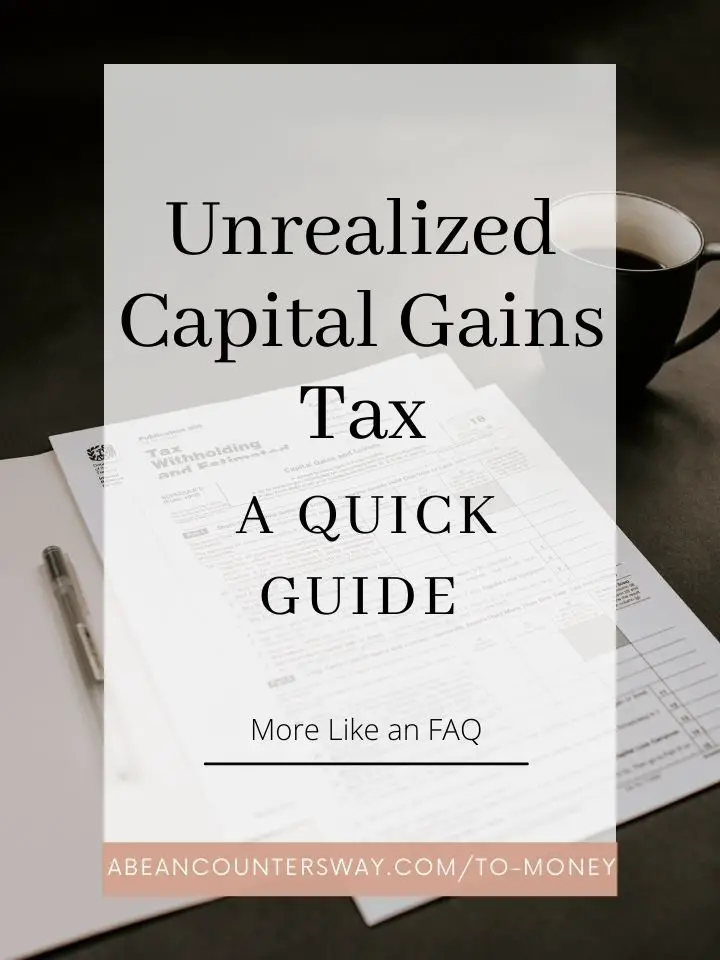
To understand how to get rid of credit card debt, we need to first understand how credit cards work.
Getting rid of credit debt is not as simple as cutting up your credit cards and never using them again. Credit cards can be a good thing because they help you build credit and your credit score. Your credit score is very important as the interest rate you pay on a car loan or home mortgage loan depends on your credit score. The problem is that our society has taught us to equate credit cards to free money and that couldn’t be further from the truth.
I have recently seen credit cards that extend your ability to pay for something to between 28 to 56 days. This is not just the credit card companies being generous, in fact, it’s the law. The Credit Card Act of 2009 made it so that banks must give you a minimum of a 21 day grace period to pay off your monthly balance without interest. In other words, you can borrow from the credit card company for free for 21 days or more depending on your credit card. As long as the entire amount you “borrowed” is paid off when it is due, you do not have to pay any interest on it. If the money you borrowed is not paid off within the grace period, you will have to pay interest on that loan. Oh, but it gets better (for the credit card companies). If you don’t pay everything off when it is due, you will pay often interest on your balance from the moment the transaction occurred. In other words, you pay interest even for the 28-to-56-day grace period.
Let’s understand a few things about credit first before we go into an example of how credit cards work. All credit cards have an interest rate, a closing date, and a payment due date. Some credit cards have an annual fee. Some credit cards even have a default interest rate. Interest rate is the price you pay for borrowing money from a credit card company. The closing date is when your statement will be available and all purchases made up to that point are part of that statement total. The payment due date is when you need to pay the credit card (in part or in full) to not default on your credit card. The payment due date is usually 2 to 4 days before your closing date. Why? This setup gives the credit card company a chance to see how much money you paid and calculate interest on the amount you did not make a payment for. If you do not make a minimum payment by the due date, your interest rate can go up to their default interest rate. Default interest rates can be very high as I have seen rates as high 29.99%. These rates are set by the individual banks and not regulated.
So, how are we supposed to use a credit card? Here’s an example:
Closing date: 28th of the month
Payment date: 26th of the month
Interest rate: 12%
I make a $100 purchase on the 30th of the month (January 30), my statement closing date will be the 28th of the following month (February 28). My balance is not due until the 26th of the 2nd month (March 26).
If I pay all $100 by March 26, I do not even have to worry about the interest rate because I paid it on time during my allotted time.
But, if I pay $25 the balance of $75 will accrue 12% interest. So even if I do not use my credit card in March, I will owe $75 + $0.75 = $75.75. Let’s see how long it would take you to pay off this credit card if you only focus on paying $25 each month.
| Month | Balance | Interest Added | Balance | Amount Paid
|
Interest Paid |
| March | $100.00 | $ 0 | $100 | $ 25.00 | $ 0 |
| April | $ 75.00 | $ 0.75 | $ 75.75 | $ 25.00 | $ 0.75 |
| May | $ 50.75 | $ 0.58 | $ 51.33 | $ 25.00 | $ 1.33 |
| June | $ 26.33 | $ 0.26 | $ 26.59 | $ 25.00 | $ 1.59 |
| July | $ 1.59 | $ 0.16 | $ 1.75 | $ 1.75 | $ 1.75 |
You see, if you use the credit and do not pay it off every month, you will end up paying $1.75 more on that $100 purchase. It also took 5 months to pay it off.
I understand that $1.75 is not that much, but what if the credit card balance was $1,000 or worse yet, $10,000. On a $1,000 balance, the same scenario would have shown that $17.50 would have been paid in interest alone. On a $10,000 credit debit, one would have paid over $175 in interest alone.
Everyone’s situation is different. How you get rid of credit debt is dependent on your habits and your personality.
Here are six steps to take.
- Understand and accept that you have a problem. If your credit card balance goes up every month without emergencies in your life, you’ve got a potential problem.
- Eliminate your credit using triggers. If going to the mall triggers your spending, do not go to the mall.
- Know your credit interest rates. If you have more than one credit card, find out the interest rates on all credit cards.
- If you have good credit, transfer the balances to a new 0% interest credit card. If your FICO score is high and you can get a 0% interest transfer credit card, you can transfer the credit card balances of all your cards to the new card and pay no interest rate for at least 6 months. Many credit cards offer up to 22 months. A year to 18-months is very common.
- If you have bad credit, attack the credit cards with the highest interest first. Aggressively pay off the credit card with the highest interest rate, then focus on the lower interest rate cards. If you have a card that has a small balance, pay that off as well, if you can.
- Get a part-time gig and apply all earnings towards your credit cards. If you have a hobby or a passion, you can get a side hustle to help pay your credit card.
No one wants to have credit card debt. But at some point, you either experienced an emergency (healthcare cost, car trouble, death of a loved one, etc.) or you simply lived above your means in your early 20’s and 30’s before you had a family to worry about. There’s no shame in trying to get rid of your credit card debt. The important thing to remember is that once you get rid of your credit card debt, know your triggers and don’t go down that road again. After all the debt is paid off, put away the amount of money you would use monthly to pay down the credit cards into a rainy-day bank account for future emergencies and live within your means.







